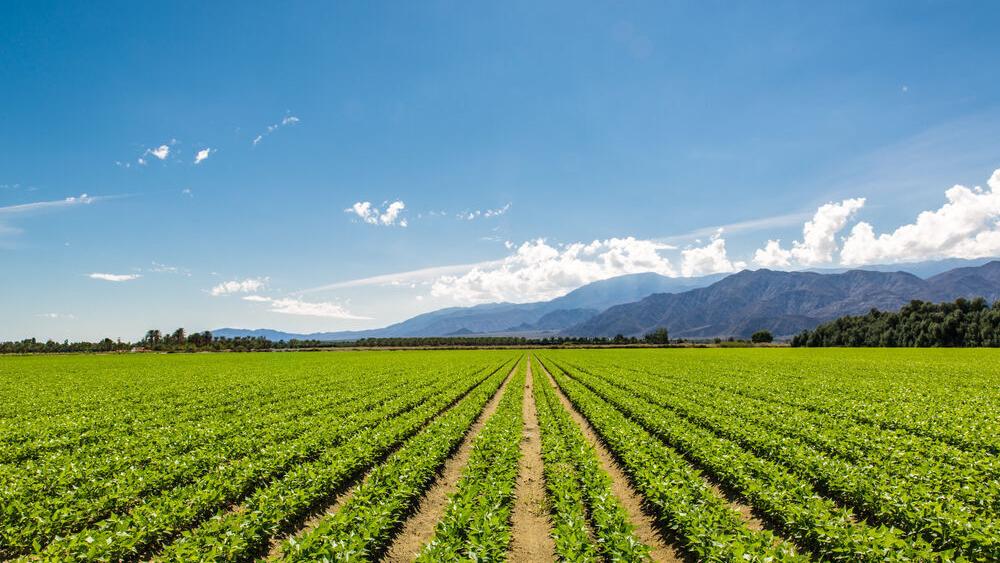Photo Credit: veeterzy / Shutterstock
As the force that feeds and nourishes the population, agriculture is one of the most vital industries in the US economy. To accommodate the country’s growth over the years, agricultural practices have evolved to become more efficient, capable of reliably meeting the population’s daily needs. But these efficient practices also come with environmental costs, and many farmers and consumers are increasingly seeking out more sustainable alternatives.
Organic farming is an approach to agriculture that attempts to mimic nature and natural processes when raising crops and livestock. Rather than using techniques of larger-scale industrial agriculture, like genetic modifications, monoculture farming, and synthetic fertilizers and pesticides, organic farmers seek to conserve biodiversity and natural resources on their farmland.
Organic products have seen a boom in demand in recent years, and there are a number of reasons why consumers might be seeking out organic products. Organic techniques appeal to environmentalist consumers who value a more sustainable approach to agriculture that promotes biodiversity, limits pollution, and increases carbon capture. For meat and dairy consumers, livestock production on organic farms is considered to be a more ethical and humane way to raise animals because they are given more access to the outdoors, better feed, and fewer hormones and antibiotics. Health-conscious consumers can point to evidence that organic products have health benefits like greater nutrient density and lower levels of toxic metals and pesticide residue than conventional agricultural products.
Whatever the reasons, organic farming has increased substantially over the last decade or so. In 2008, the US had 10,903 organic farms covering around 4 million acres of farmland. In 2019, there were nearly 16,500 organic farms on 5.5 million acres. And these farms have grown alongside consumer demand: the sales of organic products have more than tripled over the same span, rising from $3.1 billion to $9.9 billion.
.

